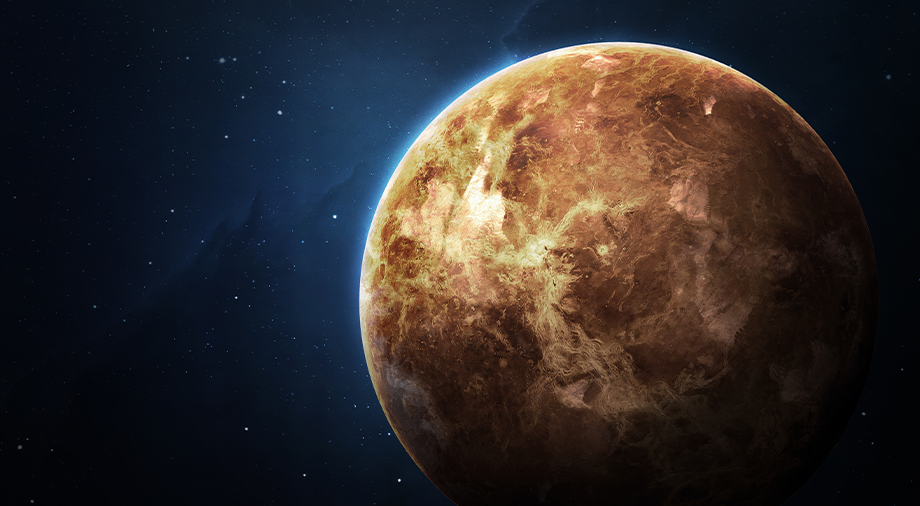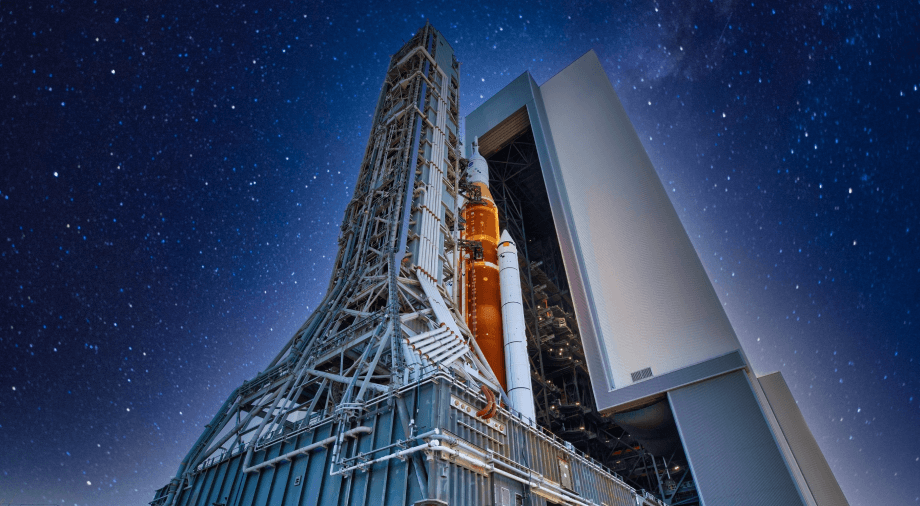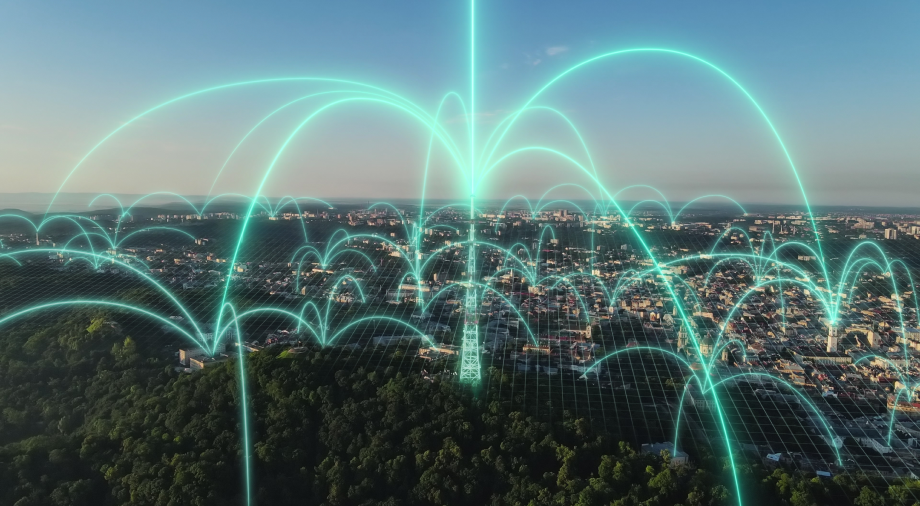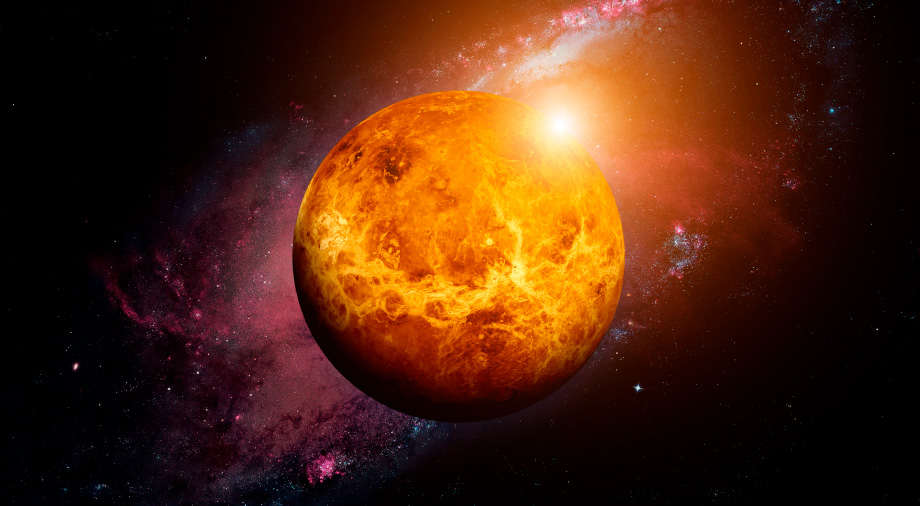Venus is associated with one of the most dramatic turns in the history of space exploration. The planet, once considered by many to be almost a second Earth, in reality turned out to be one of the most inhospitable worlds in the solar system. Some even figuratively compared it with a “branch of hell.” This inevitably significantly decreased interest in the planet, which is why Venus space missions have become rare.
But in recent years, we have witnessed a new trend. More and more scientists are pushing for a resumption of large-scale exploration of our solar system’s second planet. For the first time in more than three decades, NASA has approved new missions to Venus. In the second installment of our series, we will talk about how a “Venusian renaissance” is taking place and what questions planetary scientists want to answer.
Venus’s main mysteries
Despite the fact that we now know many times more about Venus than we did half a century ago, the planet still holds many mysteries. The main one is why Venus and Earth are so strikingly different. While the planets are like sisters in their basic physical characteristics, they are entirely different when it comes to everything else.
The earth rotates once on its axis every 24 hours. Venus, on the other hand, needs 243 days to do this, and rotates in retrograde – that is, in the opposite direction to most bodies in the solar system. Moreover, Venus is one of only two planets known to us that does not have any natural satellites.
Many astronomers link these two facts directly. There is an assumption that at the dawn of its existence, Venus experienced a powerful collision that literally turned it in the opposite direction. If the planet had moons, then after this cataclysm they began to gradually approach the planet and, in the end, fell to its surface. This catastrophe could have led to a halt in the convection in the planet’s core and its gradual solidification. As a result, Venus would have lost its planetary magnetic field.
Some scientists put forward more exotic assumptions. According to one hypothesis expressed back in the 1970s, Mercury was originally a moon, but then freed itself from the planet’s gravitational embrace and set off to be “free floating”. The effects caused by this event could in theory explain Venus’s current anomalous and its lack of moons. According to an even more unusual hypothesis, the long-lost satellite of Venus is… Mars. This could answer the question of how billions of years ago, when the Sun was significantly less luminous than it is now, the Red Planet could have supported a hydrosphere. However, both hypotheses have a number of unresolved problems and therefore are not dominant in the scientific community.

Another mystery of Venus concerns its surface. Based on the number of craters, planetary scientists have calculated that about half a billion years ago, the planet experienced a “rejuvenation.” During some global event, its surface was almost completely flooded with lava, which destroyed all traces of its original terrain.
The causes of this disaster also remain a matter of debate. It is possible that in those days, Venus experienced a massive collision, which, in addition to reversing the planet’s rotation, completely melted its surface. According to another, more popular version, Venus’s rotation is a cyclical process. Unlike Earth, Venus does not have plate tectonics. Therefore, the planet gets rid of excess heat in its inner layers by periodically expelling it through global volcanic eruptions.
Venus’s volcanism is also of particular interest to planetary scientists. On the map obtained by the Magellan spacecraft, thousands of ancient volcanoes and various volcanic formations were discovered. For a long time, it was believed that almost all of them had been extinguished, but recent research suggests that at least some of Venusian volcanoes remain active.
But still, the main question that researchers want to answer is what Venus was like in the distant past, at the dawn of the solar system. Has she always been a “branch of hell”? Or did Venus really resemble Earth a few billion years ago and have an ocean?
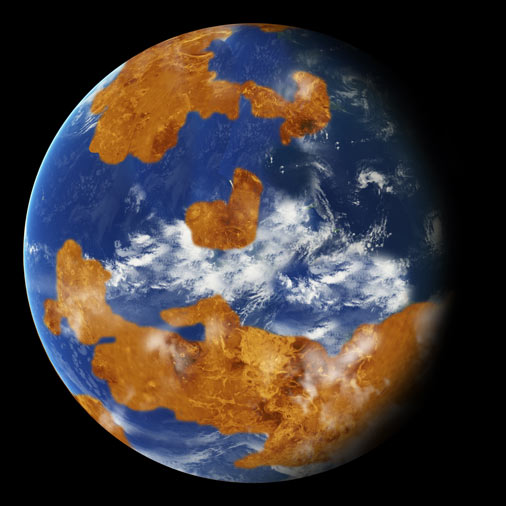
This question is not simple to answer. It is fairly easy to find the remnants of rivers on Mars, where their channels are well preserved even billions of years after they dried up. But, as we have already said, half a billion years ago, the surface of Venus was almost completely melted. Even if streams of water flowed along it, their traces are now hidden from observers by a thick layer of volcanic deposits.
Therefore, researchers have to resort to other methods, among them computer modeling. Some scenarios show that during the first billion years after its formation, Venus may indeed have had an ocean. But at some point, it passed the point of no return, with a growing greenhouse effect launching the process of weathering carbon dioxide from the rocks, which led to a radical increase in temperature and pressure. As a result, Venus’s ocean may have completely evaporated. And since the planet does not have a protective magnetic field, under the influence of the solar wind, water molecules began to decompose into oxygen and hydrogen and, over time, were knocked out of its atmosphere.
The considerable likelihood of this scenario is indicated by several indirect factors. As we mentioned in our previous installment, a decent vehicle sent to Venus managed to analyze a drop of its atmosphere. It showed that in the past, there was much more water on the planet. Another very curious fact is that despite its gigantic amount of carbon dioxide, the atmosphere of Venus contains about the same amount of nitrogen as the Earth. So, at an early stage of their existence, the planets could have really been similar.
If Venus really did have an ocean at one point, this raises legitimate questions about whether the planet could have formed life — and whether it could exist there. At first glance, the latter assumption seems frankly fantastic. But if Venus’s heating process was not instantaneous, and instead stretched over millions of years, this would give life enough time to adapt to the changes. In particular, microorganisms could gradually move higher – to the upper layers of the planet’s atmosphere, where temperatures and pressures are much more comfortable.
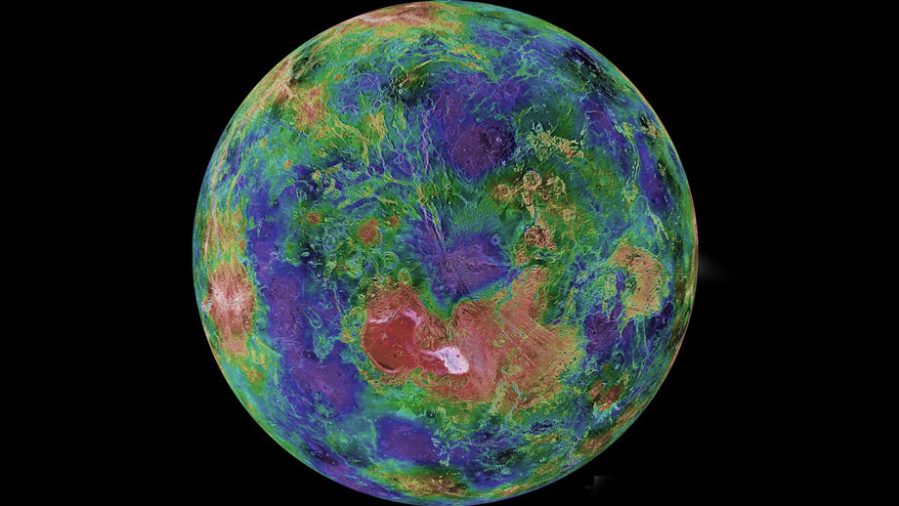
In 2020, scientists announced the discovery of phosphine in Venus’s atmosphere, which is considered a potential biomarker. The find was questioned by other researchers, but in any case, the discussion about phosphine has significantly raised interest in the possibility of life on Venus.
Return to Venus
In order to confirm or refute these assumptions and hypotheses, new Venus missions are needed to study Venus using modern instruments. But in the three decades that have passed since the Magellan mission, only two specialized vehicles have been sent to Venus. The first was the European Venus Express, which studied the planet’s atmosphere from 2006 to 2015. It managed to detect an extended hydrogen tail near Venus, confirming the above-mentioned scenario concerning the planet’s loss of water. The Venus Express’s data also indicated that the planet is still undergoing volcanic activity.
The second Venusian explorer was the Japanese Akatsuki probe. The device was supposed to get to Venus back in 2010, but faced a breakdown of its main engine. After a series of misadventures in 2015, Akatsuki finally reached its goal and is still transmitting data. That said, the probe entered a much more distant orbit around Venus than the flight plan originally called for, which markedly reduced its scientific return.

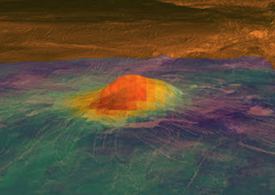
The good news is that in the near future, we will see many new missions to Venus. Interestingly, many of them are being designed by new space players. Thus, in 2025 a Rocket Lab company planned to launch the first private mission to Venus. Its purpose will be astrobiological research.
The Venusian probe designed by Rocket Lab is a 20-kilogram capsule containing a scientific instrument designed to conduct a chemical analysis of the planet’s atmosphere and search for traces of organic substances. The flight plan calls for the device to start measurements at an altitude of 60 km and will continue them up to a mark of 45 km. It is not planned to make a landing on the surface.
Of course, in terms of scale, the mission of Rocket Lab looks much more modest than its predecessors, but it can be considered the first sign on the way to a “Venusian renaissance.”
At the end of 2024, India plans to launch its own Shukrayan-1 mission to Venus, which will study the planet’s atmosphere and surface. In addition to the orbiter, the mission is also expected to include a descent module that will drop a small balloon into the planet’s atmosphere.
If everything goes according to plan, in 2028 the UAE’s EMM (Emirates Mars Mission) will also visit the second planet. Curiously, Venus will be just one of its objective. After studying the planet, the device will head towards Mars, and then into the asteroid belt.
Last year, the ESA also approved a project to build a Venus probe called EnVision. Its main goals are to study the planet’s atmosphere and endogenous activity, as well as to compile a detailed map of its surface. To do this, the device will be equipped with a set of spectrometers, a subsurface radar, and a synthetic aperture radar. The first two instruments will be built by European scientists, while the third will be provided by NASA. So far, the launch of EnVision is scheduled for 2031 – 2033.
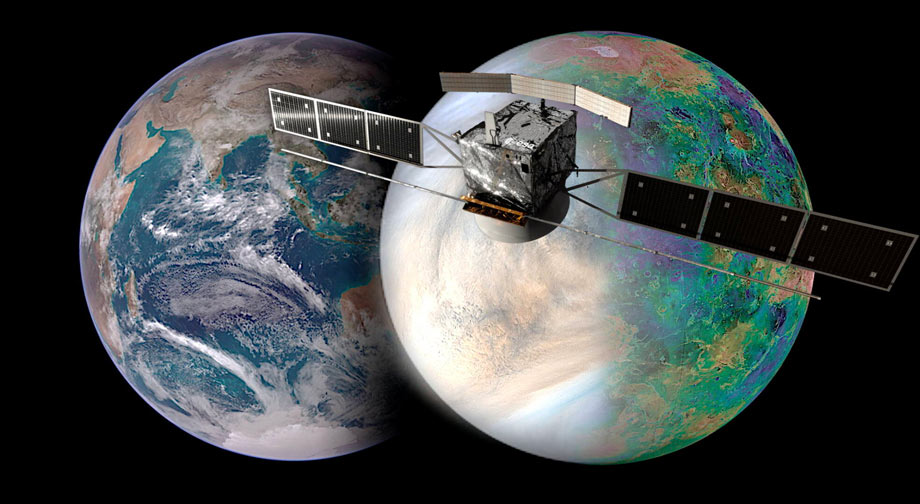
China also has its own project for a Venus mission. The VOICE (Venus Volcano Imaging and Climate Explorer) apparatus will study the geological evolution of the planet, observe the interaction between the surface and the atmosphere, as well as assess the potential for life in its clouds. On the other hand, unlike the other missions on our list, VOICE has not yet received official approval.
NASA also decided to keep up with the competition. In 2021, the agency gave the green light to the development of the first American missions to Venus since Magellan, called VERITAS and DAVINCI+.
VERITAS (Venus Emissivity, Radio Science, InSAR, Topography, and Spectroscopy) will map Venus and study its tectonic processes. In particular, the probe will make the most detailed three-dimensional map of the Venusian surface. Scientists hope that it will help shed light on what the planet was like in the distant past and whether it could have had an ocean. In addition, the device will study Venus’s gravitational field, which will help delineate the features of its internal structure. VERITAS is currently scheduled to launch in 2031.
DAVINCI+, on the other hand, is designed to conduct a chemical analysis of Venus’s atmosphere. During its descent, the probe will analyze air samples at different altitudes in order to search for noble gasses, as well as other chemical elements and compounds that can shed light on the planet’s past. In addition, the device will be equipped with an infrared camera. During the descent, it will survey the high-altitudes of the Alpha Region, which will make it possible to compile a topographic map and determine its chemical composition. The launch of DAVINCI+ is scheduled for 2029.
People on Venus
Any conversation about the study of Venus sooner or later comes down to the possibility of sending people to it. Interestingly, NASA developed a project for a manned flyby mission to the planet all the way back in the 1960s (it was based on the architecture of the Apollo program), but it never received the funding it needed. All the scientific tasks that were to be assigned to this expedition were then achieved using automated probes.
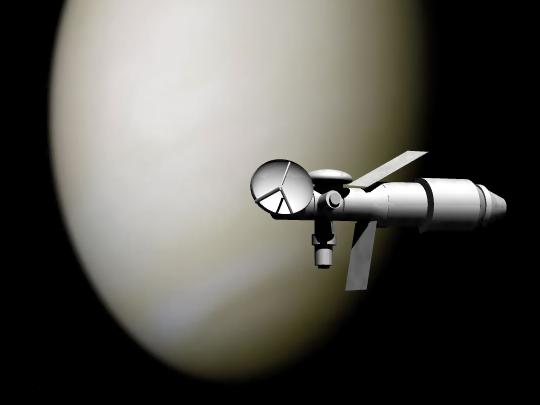
Later, other projects for flyby missions to Venus were developed (some of which involved visiting both Venus and Mars in one go). In principle, some of them could still be implemented even now. However, it is clear that the scientific return from a flyby mission would be rather paltry, and would mainly have only symbolic value.
If we talk about the prospects for long-term expeditions, then it is worth noting that at our current level of technology, the surface of Venus is inaccessible to humans. Humanity does not yet have the technology to create a manned spacecraft that can safely deliver people to the planet, withstand the extreme conditions on its surface, and then successfully take off. Moreover, the scientific return on such a mission would again obviously leave much to be desired.
Much more promising is the option of conquering the Venusian skies. At an altitude of 50 – 60 km above the planet’s surface, the atmospheric pressure is similar to the earth’s, and the temperature lies in a fairly comfortable range of between 0 °C to 75 °C. In this case, a mixture of nitrogen and oxygen on Venus would be buoyant, meaning that a capsule filled with it would rise like a helium balloon on Earth.
This opens up an interesting possibility of organizing a manned expedition using a dirigible aircraft (airship). In 2015, NASA experts even published a road map describing exactly how mankind could master Venus’s skies. It was divided into five stages.
In the first stage, an experimental automatic airship would be dropped into the planet’s atmosphere. Second, a crewed spacecraft would be launched into orbit around the planet. The third stage involves the airship descending into the Venusian atmosphere of an airship with two astronauts. Within 30 days they will study the planet, after which they will start with a small rocket, dock with the remaining spacecraft in orbit and return to Earth. The fourth stage involves a larger airship descending into the Venusian atmosphere of a larger airship and continuing its flight for a year. The fifth stage is the creation of a permanent airborne settlement.
Despite the fact that such missions still appear to be well off in the distant future, NASA is already testing some of the technologies that may be required for their implementation. Thus, in the summer of 2022, engineers from the Jet Propulsion Laboratory and Near Space successfully tested a prototype robotic hot air balloon designed for flights in the atmosphere of Venus.
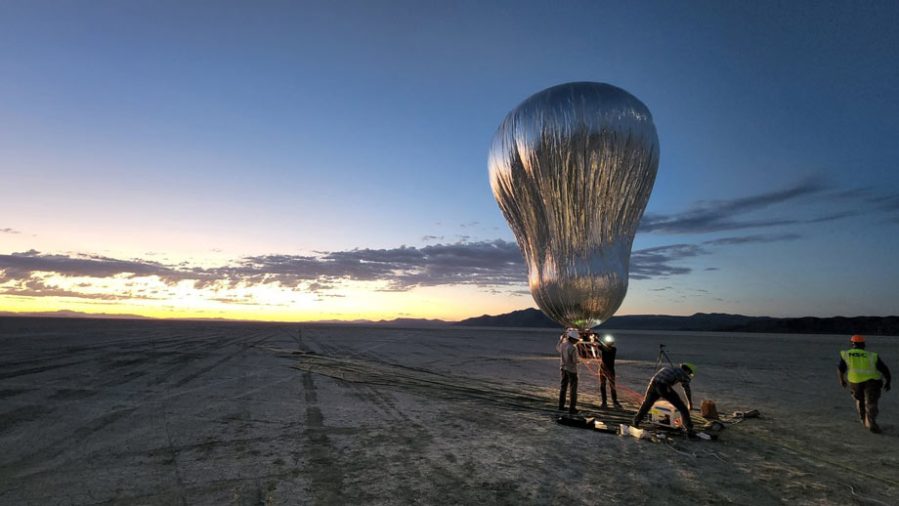
If we talk about even more distant prospects, then it should be noted that, according to some experts, it is Venus rather than Mars which is more favorable for terraforming. It is the only rocky body in the solar system that has a gravity close to that of the earth. It will avoid the harmful consequences caused by constant living with reduced gravity. In addition, flights to Venus require less energy and time than flights to the Red Planet.
The main disadvantages of Venus are its extreme atmospheric and temperature conditions and the almost complete absence of water. Possible solutions to these problems could be the construction of giant mirrors, which would reduce the flux of solar radiation and cool the planet to such a state that most of its gaseous shell will fall to the surface in the form of dry ice. As for water, the icy bodies of the solar system could be used to “deliver” it. A well-calculated asteroid bombardment would in theory also make it possible to “spin” Venus, solving the problem of its very long day. Of course, this sort of mega-project is a matter of the very distant future. Its implementation would require technologies far beyond what we currently have, as well as the means to quickly launch a huge amount of cargo into orbit, like a space elevator. But if humanity is really destined to become a multi-planet species, sooner or later, it will turn its gaze to Venus. And there, who knows? Perhaps in the distant future, the second planet could really become a full-fledged sister of Earth.

